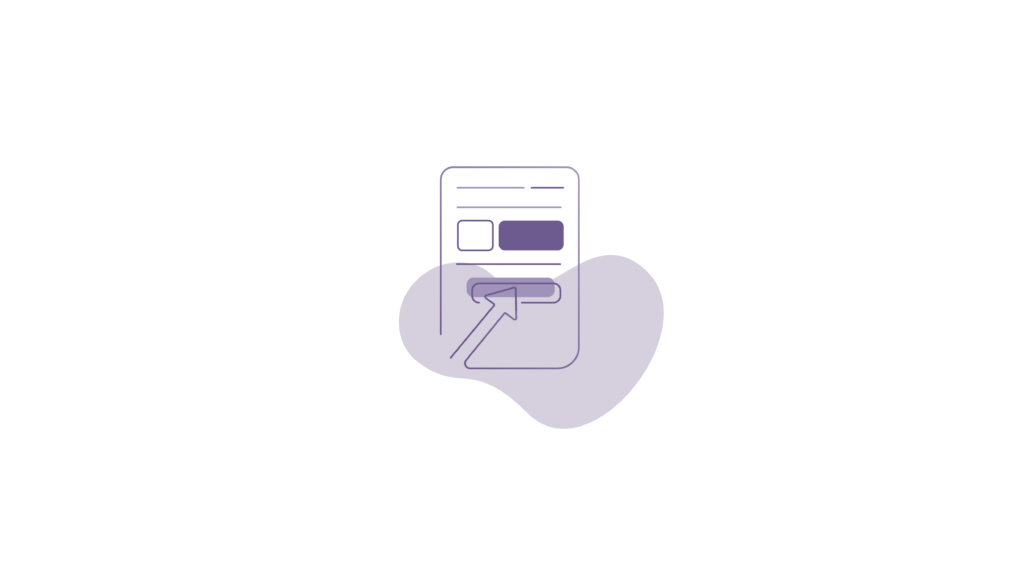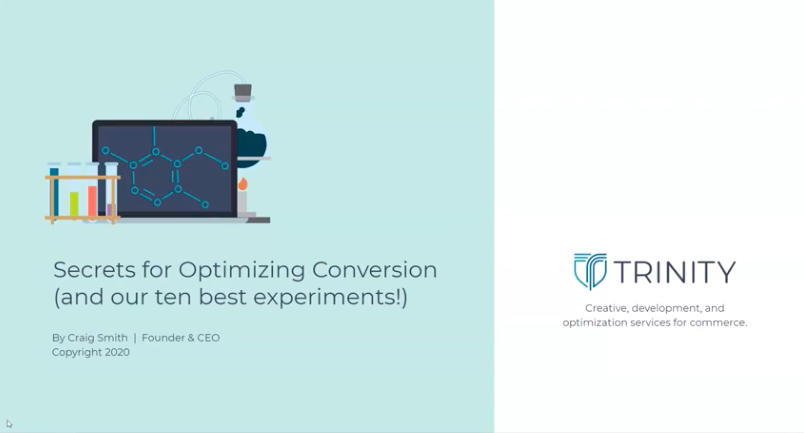Over 70% of CMOs say they have noticed increased competition for customers within their market. Now more than ever, businesses are looking for any edge that can set them apart. To stay at the top, marketers are turning to analytics and data to review their digital efforts and website experiences. From these insights, a business can learn more about its audience and work towards catering to their needs. Without a great user experience, you’ll find fewer customers are willing to stick around and, like your click rate, conversions will plummet.
If this is your first serious look at website analytics in an effort to improve your conversion rate, we can guide you through the process. Learn how you can turn insights into action items to grow your brand’s success through conversion optimization.
What is Conversion Optimization?
Conversion rate optimization (CRO) is the process of improving your website experience to increase the number of customers who complete the desired action (or conversion). In the eCommerce world, a conversion is a sale. In the lead generation world, a conversion is a completed contact form or request for an appointment.
To calculate the conversion rate, you take the number of people who completed an action and divide it by the number of people who were given the option of taking it, then convert the number to a percentage. For example, if 100 people see your contact form and five people fill it out, then your conversion rate is 5 percent.
Your conversion rate reflects the ease of use of your website and the value of the information provided. You may have a great business model and quality products, but a poor website can limit total conversions. A website that is both inviting and easy to navigate will not only help you lose fewer prospective customers but help you grow your online business.
Understanding Macro and Micro Conversions
The first step to improving your conversion rate is gaining a better understanding of macro and micro conversions. Any conversion is when a customer completes an activity that is important to the success of a business. Conversions can be as little as clicking on a search result or as big as making a purchase . For example, a customer might click on a Google Ad for your business or follow a link from your post on Facebook. These clicks bring them to your website and deeper into the sales funnel.
A major goal on your website is known as a macro conversion, which is the completion of a purchase or the fulfillment of a contact form. Micro-conversions, on the other hand, are the small steps that customers take to reach the macro conversion. Micro-conversions include a variety of activities from watching a video to signing up for a newsletter to adding items to a shopping cart. Brands need both macro and micro conversions to drive sales. The process of website conversion optimization is to review the conversion rates for each of these actions and determine the best steps to increase them.
If five people fill out a contact form for every 100 who view it each day, you can use CRO to achieve two things:
- Improve the contact form so 10 people fill it out for every 100 views instead of five.
- Improve the micro-conversions that bring people to the form so 200 people view it each day instead of 100.
Most brands try to do both, increasing the number of people who see a form and the number who fill it out. They are constantly working on each part of the conversion process to encourage customers to keep engaging with a brand. Conversion rate optimization is a continuous, long-term process. There will always be room for improvement within your website experience.
15 Ways to Improve Your Conversion Rate
There are hundreds of small changes you can make on your website to improve your conversion rate. The challenge is that every audience is different and different people will respond to your website in unexpected ways. While you can make a few changes that will have a major impact on your conversion rate, you will likely test dozens of small changes that have little or no effect along the way. If there was one singular way to structure a website to maximize conversions, CRO would be a one-and-done process.
Below is a checklist that you can use to guide your website conversion optimization process. It will review various elements of micro and macro-conversions so you can see how small changes can impact customer behavior and grow your sales.
1. Provide a Clear Path on Your Homepage
Do your customers know exactly where to go when they land on your homepage? The longer your site visitors spend scrolling through your navigation, the less likely they are to stick around. If they can’t find what they want, they will bounce.
Consider investing in a guide to help new customers who are just visiting your page for the first time, or develop a website wayfinding process to bring visitors deeper into the funnel. This leads to more micro-conversions while lowering the bounce rate.
2. Include Clear Calls to Action
One of the most common examples of CRO comes from the call to action buttons. The placement and color of site buttons are hotly debated in the marketing world. While the idea that your CTA buttons should always be orange is mostly debunked, you can test placement around the fold, along with button size and text, to see if these changes drive more customer conversions. Check out a few of the calls to action used by H&R Block.

3. Implement a Single-Page Checkout
Brands hoping to improve their conversion rate will often test single versus multi-page checkout processes. The logic behind a single-page checkout is that customers can see how much work they have before they can make a purchase. A one-page checkout form also takes less time to fill out, decreasing the chances that a buyer will change their mind before they complete a purchase. See if this format is right for your brand.
4. Shorten Your Contact Form
Shortening your contact form is another form of conversion optimization that mimics the single-page cart. Adding fewer forms means customers won’t stop to wonder if they should hand over their email address to your brand. As a result, more people will convert and submit their contact information. While many brands like the extra insights that can be collected in longer forms (ex: How did you hear about us? What is your industry? What is your job title?), these cumbersome questions can hurt your conversion rate.

5. Test Content Gatekeeping
Content gatekeeping is the process of limiting access to content to increase leads. Some companies create ebooks or in-depth guides for free in exchange for customer email information. You may want to test this option as a lead-generation tool if your contact form isn’t driving the leads you expect.
6. Allow Guest Checkout
The addition of the guest checkout is a way for brands to reduce barriers to purchase. Instead of asking customers to create accounts and remember passwords, users can move forward to the guest checkout and create an account in the future. This prevents customers from bouncing from a smaller website because they already have accounts with Amazon, eBay, and other major marketplaces.
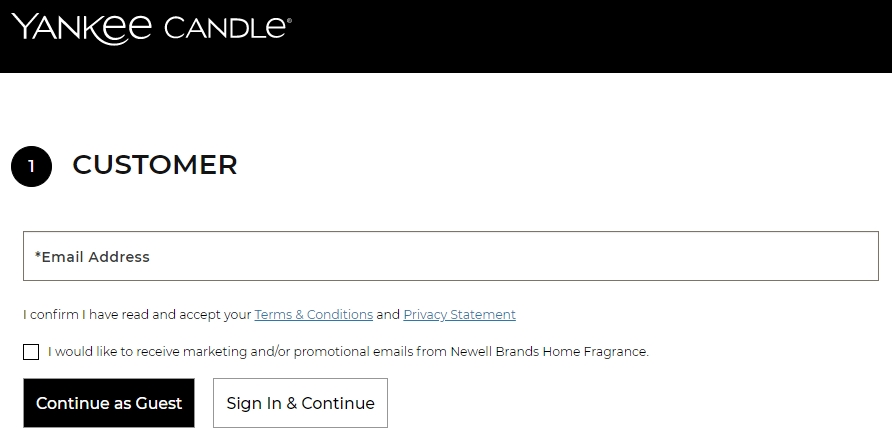
7. Update Your Website Copy With More Information
Your website copy could be limiting your micro-conversions. The information you put on your website is meant to sell your customers on your products and answer their questions. There are several additions you can make to your pages to address customer concerns. For example, you can add a clear About Us page, provide detailed information on your products, share where your products are made, and even add a FAQ to get into the details.
This information will keep customers on your pages longer, increasing the number of micro-conversions and moving users closer to a purchase.
8. Simplify Your Website Structure
When customers are confused about how to navigate a site, they are less likely to stick around. To prevent any unnecessary confusion, test how your audience navigates your website to see if they have trouble finding key pages. You may need to restructure your pages and simplify your flow if people keep getting lost or overwhelmed before they find what they want.
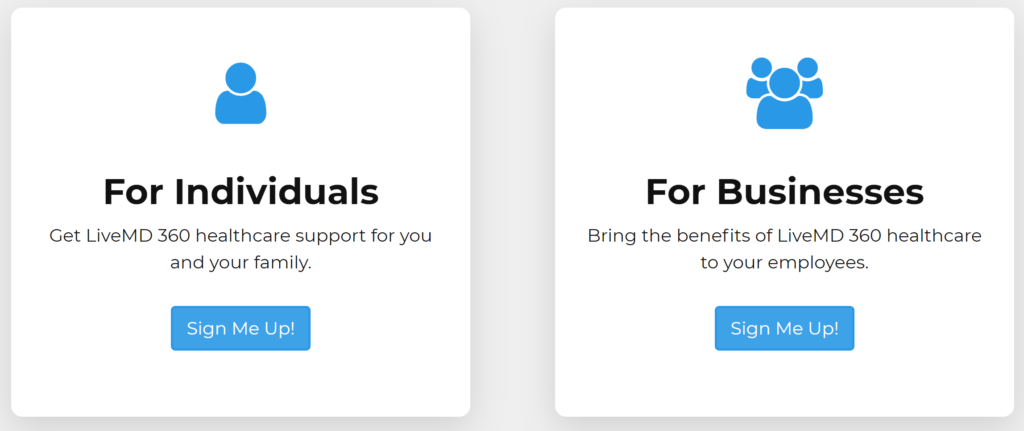
9. Optimize Your Product Pages
Along with your website information, take steps to improve your product pages. Add high-quality images that showcase your products or upload videos so customers can see how your items move and function.
Depending on your brand, you can also add size guides, customer reviews, and virtual reality experiences to provide in-depth information.
These optimizations also add to your list of micro-conversions. The number of videos watched or size charts completed can help you see how micro-steps lead to macro-purchases.
10. Allow Customers to Compare and Contrast Products
Comparison shopping is a popular tool for increasing conversion rates. Instead of presenting a single product as a “yes or no” option, you can compare two or more products as a “this or that” choice. This increases the chances that a customer will say yes to something and make a purchase.
You can set this up by allowing customers to add favorite items or by creating “compare” options on your category pages.

11. Reduce the Risk for Customers to Convert
Communicate with customers so they understand that there is no risk in submitting their contact information or credit card information when buying from your brand. For example, make your return policy clear and explain that you will never sell the contact information of your leads. This builds trust and reduces the perceived danger of handing over sensitive information to a new brand.
12. Improve Your Navigation
If the number of pages that you have isn’t the problem, then you may need to improve your navigation. For example, would a blender fall under the category of appliances or countertop gadgets on a home supply website?
Some brands will test different top navigation and sidebar options for years before they find a design that works for them. This speaks to the finicky nature of conversion optimization.
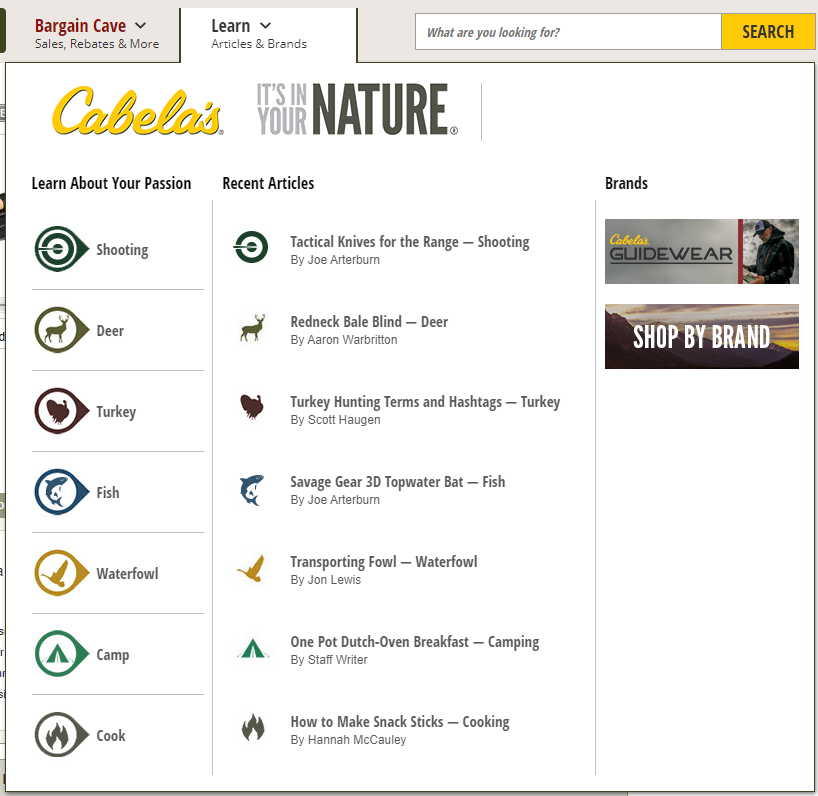
13. Prove that You Provide Good Customer Service
The customer service that you provide is another tool that you can use to reduce risk. You can directly answer questions and remove barriers to purchase through your chat boxes and rapid email response times. Plus, showing that you offer good customer service if something goes wrong can help to increase conversion rates.
Your customer service set up should also have its own set of micro-conversions to track, including the percent of customers who ask questions and the percent of customers who convert after a problem is resolved.
14. Speed Up Your Website
Site speed can boost your micro-conversions and create a better customer experience. Audiences are more likely to bounce from a slower website, especially if it takes several seconds for a landing page to load. Speed up your website to keep more people on your pages, increasing the chances that they add items to the cart and convert. Below is an analysis of a website through Google’s PageSpeed Insights.
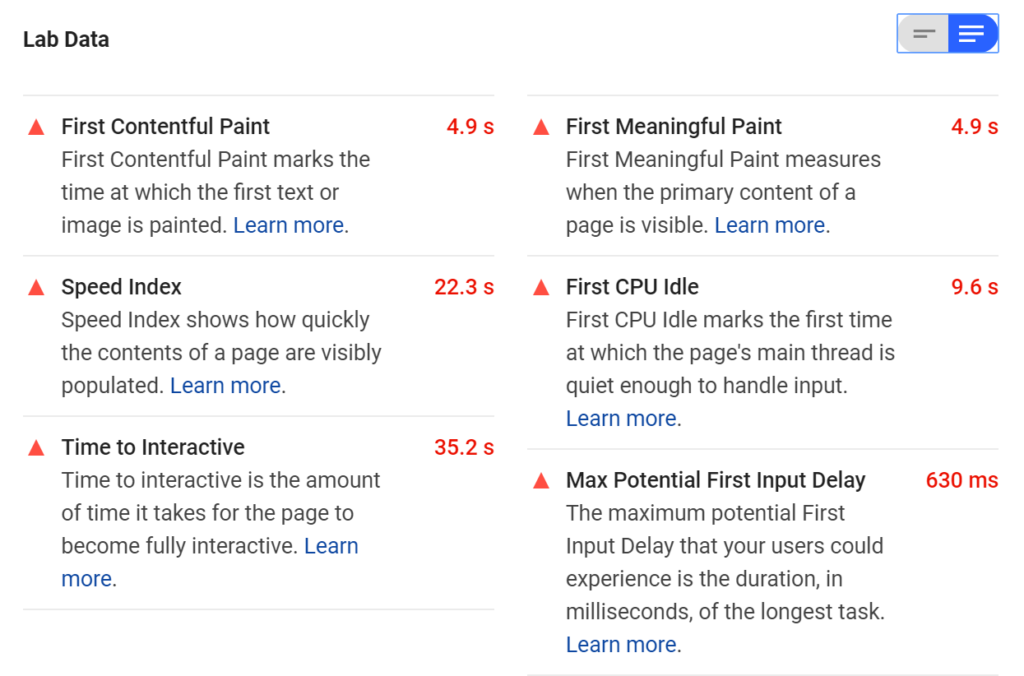
15. Learn More About the Customer Journey
Successful website conversion optimization relies on brands knowing their customers. If you assume that your customers will immediately fill out your contact form, then you may not get the results you want. Use your website’s analytics to see how your customers browse through your site. Users might need to look at multiple pages or return several times to a product before they add it to their cart. The more you know, the better you can adjust your website to meet their specific needs.
Develop a Roadmap for Higher Conversions
The first step in any website conversion optimization plan is to review the current state of your site and determine where work is needed the most. At Trinity, we offer an objective view of your website’s performance. We conduct a user experience audit using Google Analytics and our own UX analysis. Once the audit is complete, we develop a roadmap for improvement and continue to measure performance to make sure your conversion rate is improving.
Take the first steps toward a website that converts. Sign up for complimentary site performance assessment or free 30-minute strategy session to see which micro and macro-conversions you can improve.


